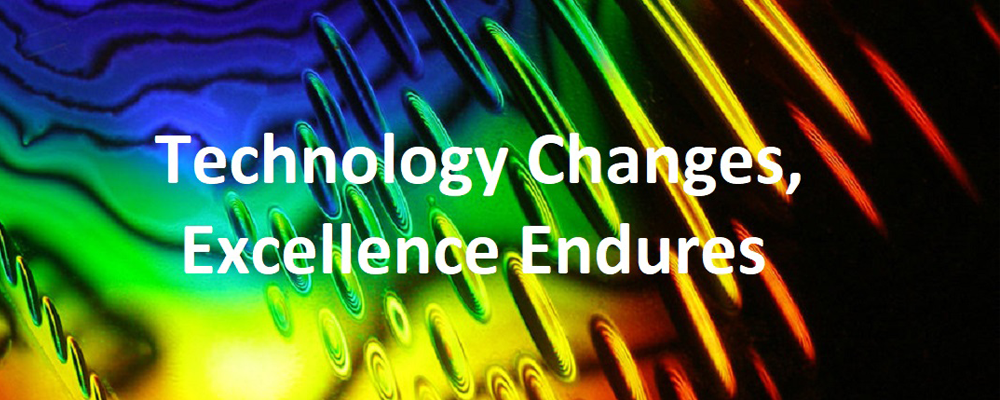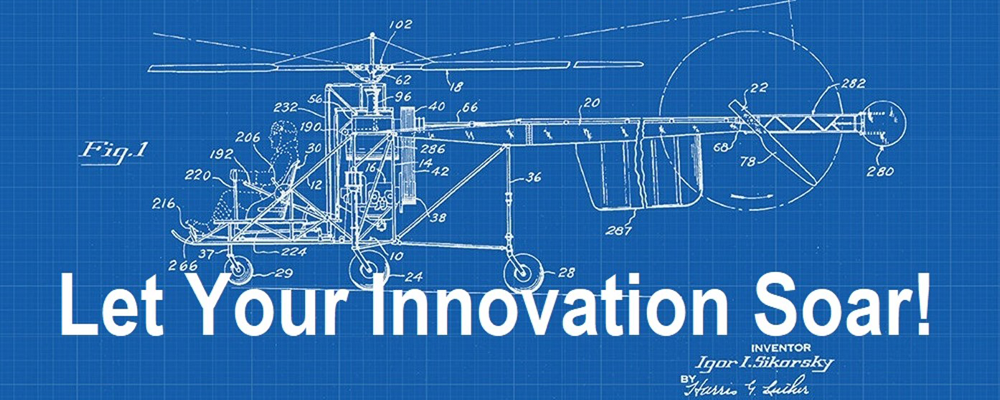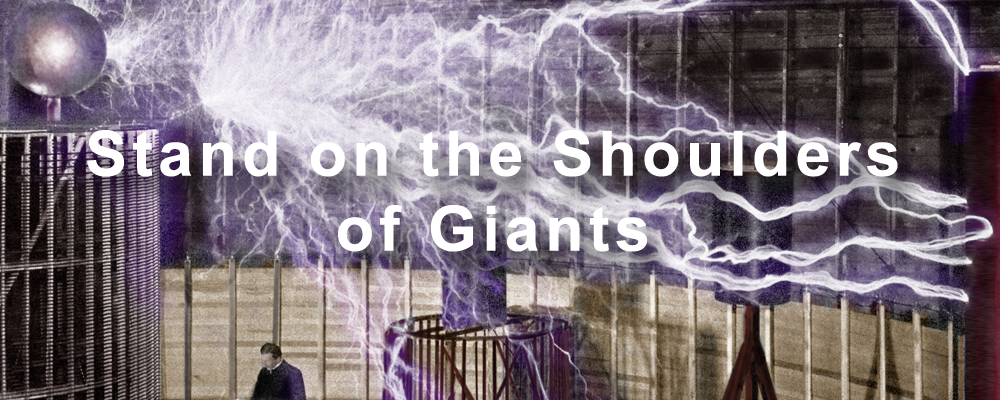Nonprovisional Patent Application
The United States Patent and Trademark Office (USPTO) is the government agency responsible for examining patent applications and issuing patents. A nonprovisional patent application or, simply, “nonprovisional application” is examined by a patent examiner and may be issued as a patent if all the requirements for patentability are met. Each year, the USPTO receives more than 500,000 patent applications. Most of the applications filed with the USPTO are nonprovisional applications for utility patents.
A nonprovisional application must include a specification, including a description and a claim or claims; drawings, when necessary; an oath or declaration; and the prescribed filing, search, and examination fees. The specification is a written description of the invention and of the manner and process of making and using the invention that concludes with the claims to the invention. The specification must be in clear, full, concise, and exact terms to enable any person skilled in the art or science to which the invention pertains to make and use the claimed invention without undue experimentation.
A patent application is required to contain drawings if drawings are necessary to understand the subject matter sought to be patented. Most patent applications contain drawings. The drawings must show every feature of the invention as specified in the claims. A drawing necessary to understand the invention cannot be introduced into an application after the filing date of the application because of the prohibition against new matter.
At Hoofe IP Law, we can guide you through the patent application process from start to finish.


LEARN MORE...
Claims
A nonprovisional application for a utility patent must contain at least one claim. The claim(s) must particularly point out and distinctly claim the subject matter that the inventor(s) regard as the invention. The claims define the scope of the protection of the patent. Whether a patent will be granted is determined, in large measure, by the scope of the claims.
One or more claims may be presented in dependent form, referring back to and further limiting another claim or claims in the same application. Each claim should be a single sentence, and where a claim sets forth a number of elements or steps, each element or step of the claim should be separated by a line indentation.
Oath or Declaration
An oath or declaration is a formal statement that must be made by the inventor in a nonprovisional application, including utility, design, plant and reissue applications. Each inventor must sign an oath or declaration that includes certain statements required by law and the USPTO rules, including the statement that he or she believes himself or herself to be the original inventor or an original joint inventor of a claimed invention in the application, and the statement that the application was made or authorized to be made by him or her.
Notice of Allowability
A Notice of Allowability is used whenever an application has been placed in condition for allowance. It should be noted that the setting forth of reasons for allowance is not mandatory on the examiner’s part. If the examiner believes that the record of the prosecution as a whole does not make clear his or her reasons for allowing a claim or claims, the examiner may set forth such reasoning.
Manual of Patent Examining Procedure (MPEP) § 1303 provides:
37 CFR 1.311 Notice of Allowance. (a) If, on examination, it appears that the applicant is entitled to a patent under the law, a notice of allowance will be sent to the applicant at the correspondence address indicated in § 1.33. The notice of allowance shall specify a sum constituting the issue fee and any required publication fee (§ 1.211(e)) which issue fee and any required publication fee must both be paid within three months from the date of mailing of the notice of allowance to avoid abandonment of the application. This three-month period is not extendable.
For applications filed on or after September 16, 2012, if an application is in condition for allowance but does not include an oath or declaration in compliance with 37 CFR 1.63, or a substitute statement in compliance with 37 CFR 1.64, executed by or with respect to each actual inventor, the Office will issue a “Notice of Allowance and Fee(s) Due” (PTOL-85) together with a “Notice of Allowability” (PTOL-37) including a “Notice Requiring Inventor’s Oath or Declaration” (PTOL-2306) requiring the applicant to file an oath or declaration in compliance with 37 CFR 1.63, or substitute statement in compliance with 37 CFR 1.64, executed by or with respect to each actual inventor, no later than the date of payment of the issue fee to avoid abandonment. If applicant receives a “Notice Requiring Inventor’s Oath or Declaration” and fails to file a proper reply to the notice before or with the payment of the issue fee, the application will be regarded as abandoned. See 37 CFR 1.53(f)(3)(ii).






